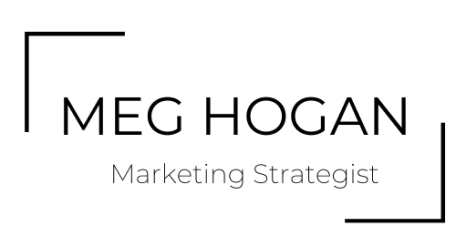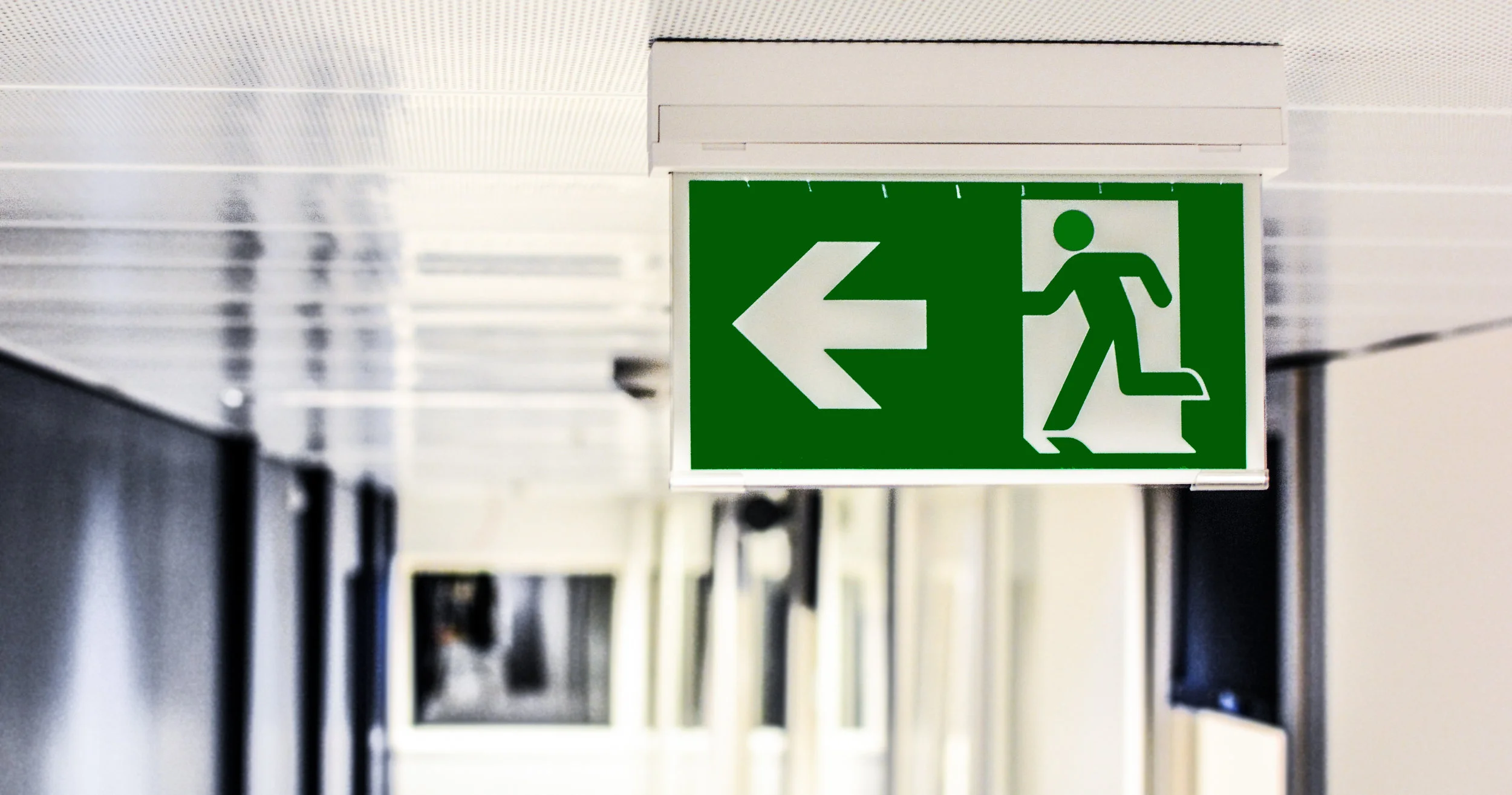So you think you have your content marketing down. Your blog schedule is nicely entered into Trello. Your social media team has been posting and acting as customer service. Smooth sailing.
Then, a disaster strikes.
Something like the recent earthquake in Italy. When a disaster like that happens, no one cares about the enter-to-win campaign you have running on Facebook. Or the next listicle blog post.
For some, social media is no longer meant for pleasant engagement.
Nope, now’s the time to truly be social; to acknowledge the time of need your fellow man is in. To:
Put your content schedule on hold. Just do it. Humanize your social media, blogs, podcasts, whatevers, by just putting your scheduled posts on the backburner.
Add value during a disaster. Helping somehow.
Why do that? Because your customers need it and that’s what they’re talking about anyway. According to FEMA, which has been collecting social media data during disasters, more than 20 million tweets were sent during Hurricane Sandy in 2012. And cell phone service was lost halfway through the storm.
Natural disasters and tragedies are bound to happen. That means you can only plan so much for your content strategy; what you need to plan for is emergency response and how you can be a part of the conversation.
For some examples of great ways to do this, here how some businesses, brands and individuals were offering value shortly after the earthquake in Italy:
Confirming Safety
Facebook launched its Safety Check feature in 2014 after realizing that users were going to use it as a way to communicate with loved ones during disasters. Say what you will about Facebook’s newsfeed algorithm changes, the now nearly pay-to-play model or alleged censoring, but Mark Zuckerberg and his team in Silicon Valley give the people what they need (sometimes).
After the earthquake in central Italy, Facebook activated the Safety Check. Here’s what it looked like:
These check-ins are meant for the individual person, not a business or brand page. That doesn’t mean a business or brand can’t check in with posts. If your business has a branch, team members or customers in a region hit by a disaster, you have the option to:
Put all your content marketing on hold
Confirm the safety - or what you know - of the individuals you know in that region
Sharing Advice That’s Needed Right Now
The front page of Reddit is usually a great place to go for news. Redditors contribute as a means to help the online community many of them are either actively a part of or have passively consumed information from for years. In the case of the earthquakes in Italy, advice was shared between people who people who had experienced an earthquake before — and people who were experiencing it at that moment.
And, as AdWeek noted earlier this year, brands are hopping on Reddit as a way to engage with their target customers. Reddit is perceived as high risk for some brands — mostly because of the tendency for trolling that happens on the platform — but more likely than not would be open to valuable information or engagement in a time of need. Like Facebook, this would absolutely not be the time to promote any product or service; it would be a time to share advice or verified news.
Connecting with Others Affected by It — or Trying to Help — with Hashtags
Hashtags are used in social media as a means for connecting the unconnected; for tagging and aggregating all conversations related to a similar topic so they’re easy to find.
In a disaster, hashtags can be hugely helpful to:
Spread news and updates
Help emergency responders help those trapped or in need
Unite those affected by the disaster with the resources they need like water, food and medicine
Using hashtags during natural disasters definitely originated with the individual user, which means there’s no filter and it can lead to the rapid spread of misinformation. The Office for the Coordination of Humanitarian Affairs (OCHA), however, has taken this bull by its horns and began standardizing the hashtags. You can find the guide here. And, if your brand or business has something to contribute to the conversation, go ahead and join the conversation and include the relevant hashtags.
Bottom line: If your business' social media has anything of value to add to the conversation — information, offering help, a way to connect people affected — do it. Now’s the time to humanize this portion of your content marketing and customer service.


